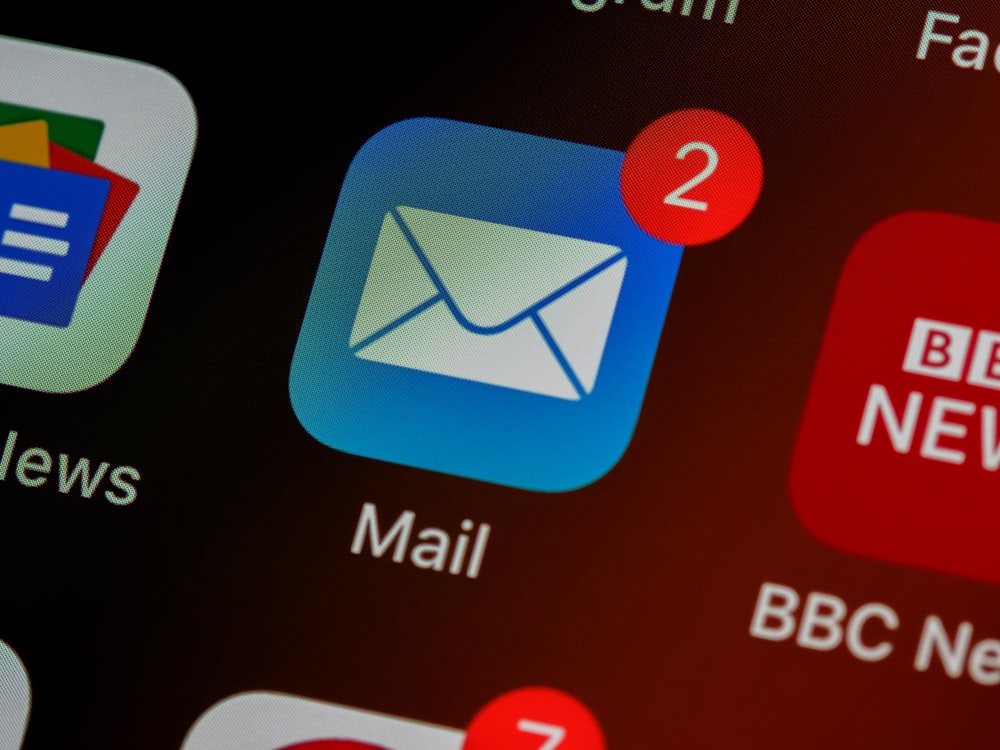The Anatomy of High-Converting Email Copy
Great email copy is not poetry—it’s architecture. High-converting messages follow a structure that earns attention, delivers value quickly, and makes the next step obvious. Whether you’re writing cold outreach, lifecycle touches, or product updates, the same fundamentals apply: clarity, relevance, and restraint. This guide breaks down the anatomy of effective email copy so your team can write faster and convert more without resorting to tricks.
1) The subject–preview pair
The subject line gets the glance; the preview earns the open. Treat them as a single asset. The subject should state the core value plainly (“Template for Q4 retention review”), while the preview expands on it (“4 steps, 10 minutes to implement”). Avoid cleverness that hides the point. Consistency between subject, preview, and opening line reduces quick deletes and spam reports.
2) The first 80 characters
The opening line must deliver on the promise. Skip throat-clearing like “Hope you’re well.” State the value or question immediately. Examples: “Sharing a 3-step playbook that cut onboarding time 22%” or “Quick idea to simplify {{company}}’s handoff from SDR to AE.” Specificity is more persuasive than enthusiasm.
3) One idea per message
Short emails with one idea and one ask convert better. If you want a reply, ask a yes/no or a simple question. If you want a click, point to one resource. Mixing multiple CTAs forces readers to choose—most won’t. Each email should answer: what is this, for whom, and what’s the next step?
4) Proof without clutter
Evidence builds trust, but too much muddies the message. Use one concise proof point: a metric, a customer role, or a mini case (“RevOps team at ACME reduced lead leakage 31% using this checklist”). Avoid laundry lists of logos or long paragraphs. Proof should reduce risk, not create friction.
5) Language that respects the reader
Write like a considerate professional. Prefer short sentences, concrete nouns, and active verbs. Avoid hyperbole, ALL CAPS, and over-personalization that feels intrusive. Personalization should make the message more useful, not merely decorated with tokens.
6) Formatting that helps scanning
Most readers scan. Use short paragraphs, bullets for 2–5 items, and bolding sparingly to emphasize key phrases. Keep the visual noise low—especially in outreach—so the message looks like a normal human email, not a flyer.
7) A CTA that fits the moment
Match the ask to the relationship. Cold: “Worth a look if reducing churn is on your roadmap?” Warm: “Want the PDF or a 10‑minute walkthrough?” Existing users: “Enable this in settings > usage to save 15 minutes per build.” The right CTA feels obvious because the rest of the copy sets it up.
8) Variants with discipline
Test small changes and keep a library of winners. Rotate proven intros, value lines, and CTAs by segment. Archive underperformers so the library stays lean. Consistency compounds; novelty for its own sake burns time and trust.
Checklist
- Subject and preview state clear value
- Opening line delivers on the promise
- One idea, one CTA
- One proof point, not five
- Short, scannable structure
- Respectful tone; no gimmicks
- CTA matched to relationship
- Variant recorded in library
Key takeaway
Good email copy is a system. Get the structure right, keep the message honest, and measure outcomes that matter—replies, meetings, activations. Do that consistently and your emails will feel effortless for readers and effective for the business.



